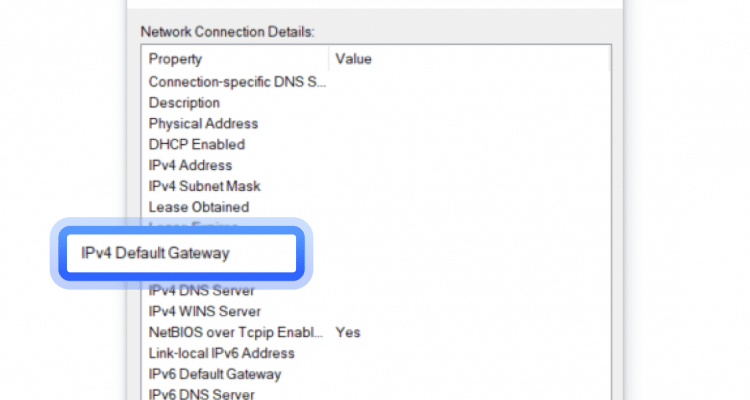

- #Command prompt print window install
- #Command prompt print window full
- #Command prompt print window code
- #Command prompt print window windows 8
- #Command prompt print window windows
Public static extern bool necessary, otherwise the dimensions are wrong with different DPIs I combined this answer, with a bit of my own implementation to grab only the powershell window: add-type -namespace native -name winapi static extern int GetWindowRect(IntPtr hwnd, out .Rectangle rect) I really dislike answers that rely on third-party software, i spent a bit of time coming up with the solution for my problem, so i'll post it here just in case anyone else needs it.
#Command prompt print window code
Use the following code (Saves screenshots.png every 3 seconds 5 times in the C:\screenshots\MONTH-DAY-YEAR\ folder with HOURS-MINUTES-SECONDS.png name): cd C:\ & ( || mkdir screenshots) & "nircmdc.exe" lexecmd "cd C:\screenshots\ & ( || mkdir ~$currdate.MM-dd-yyyy$) & nircmdc.exe savescreenshot C:\screenshots\~$currdate.MM-dd-yyyy$\screenshot-~$currtime.HH-mm-ss$.png" Open the folder and enter the bin folder (in the same folder as the executable, if not, create one)ĭownload the NirCmd files (link at the bottom of the page)
#Command prompt print window full
I use the portable version with full installation resolve-plugins-relative-to example npx eslint -config ~/personal-eslintrc.On Windows, I managed using the tip from For laymen and for those who like portable things I easily did it using Cmder.ĭownload Cmder. If an integration has dependencies on ESLint and a set of plugins, and the tool invokes ESLint on behalf of the user with a preset configuration, the tool should set -resolve-plugins-relative-to to the top-level directory of the tool.When using a config file that is located outside of the current project (with the -config flag), if the config uses plugins which are installed locally to itself, -resolve-plugins-relative-to should be set to the directory containing the config file.It should be set to the project directory of the project that has a dependency on the necessary plugins. This option should be used when plugins were installed by someone other than the end user. Default Value: By default, plugins are resolved from the directory in which your configuration file is found.print-config path::String Print the configuration for the given fileĬhanges the directory where plugins are resolved from. exit-on-fatal-error Exit with exit code 2 in case of fatal error - default: false no-error-on-unmatched-pattern Prevent errors when pattern is unmatched env-info Output execution environment information - default: false init Run config initialization wizard - default: false cache-strategy String Strategy to use for detecting changed files in the cache - either: metadata or content - default: metadata cache-location path::String Path to the cache file or directory Deprecated: use -cache-location - default. cache-file path::String Path to the cache file. cache Only check changed files - default: false report-unused-disable-directives Adds reported errors for unused eslint-disable directives no-inline-config Prevent comments from changing config or rules color, -no-color Force enabling/disabling of color

f, -format String Use a specific output format - default: stylish o, -output-file path::String Specify file to write report to max-warnings Int Number of warnings to trigger nonzero exit code - default: -1 quiet Report errors only - default: false stdin-filename String Specify filename to process STDIN as stdin Lint code provided on - default: false ignore-pattern Pattern of files to ignore (in addition to those in. no-ignore Disable use of ignore files and patterns ignore-path path::String Specify path of ignore file fix-type Array Specify the types of fixes to apply (directive, problem, suggestion, layout) fix-dry-run Automatically fix problems without saving the changes to the file system rulesdir Load additional rules from this directory. resolve-plugins-relative-to path::String A folder where plugins should be resolved from, CWD by default parser-options Object Specify parser options You can accomplish the same thing with a mouse by selecting the down arrow icon at the bottom of the screen.
#Command prompt print window windows
Select the Windows Start button and then swipe up to show the Apps screen.
#Command prompt print window windows 8
parser String Specify the parser to be used Open Command Prompt in Windows 8 or 8.1 Youll find Command Prompt in Windows 8 through the Apps screen. c, -config path::String Use this configuration, overriding. no-eslintrc Disable use of configuration from. You can view all the CLI options by running npx eslint -h. Most users use npx to run ESLint on the command line like this: npx eslint *
#Command prompt print window install
Follow the instructions in the Getting Started Guide to install ESLint. Run the CLIĮSLint requires Node.js for installation. The CLI has a variety of options that you can pass to configure ESLint. The ESLint Command Line Interface (CLI) lets you execute linting from the terminal.


 0 kommentar(er)
0 kommentar(er)
